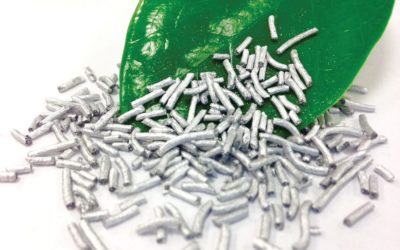Improving the Adhesion Robustness of 2K Michael Addition Coating Systems
Recently, two-component (2K) Michael Addition-based coating systems providing fast drying at room temperature in combination with tunable open time and very long pot life have entered the market. Adhesion robustness ... Read More…




